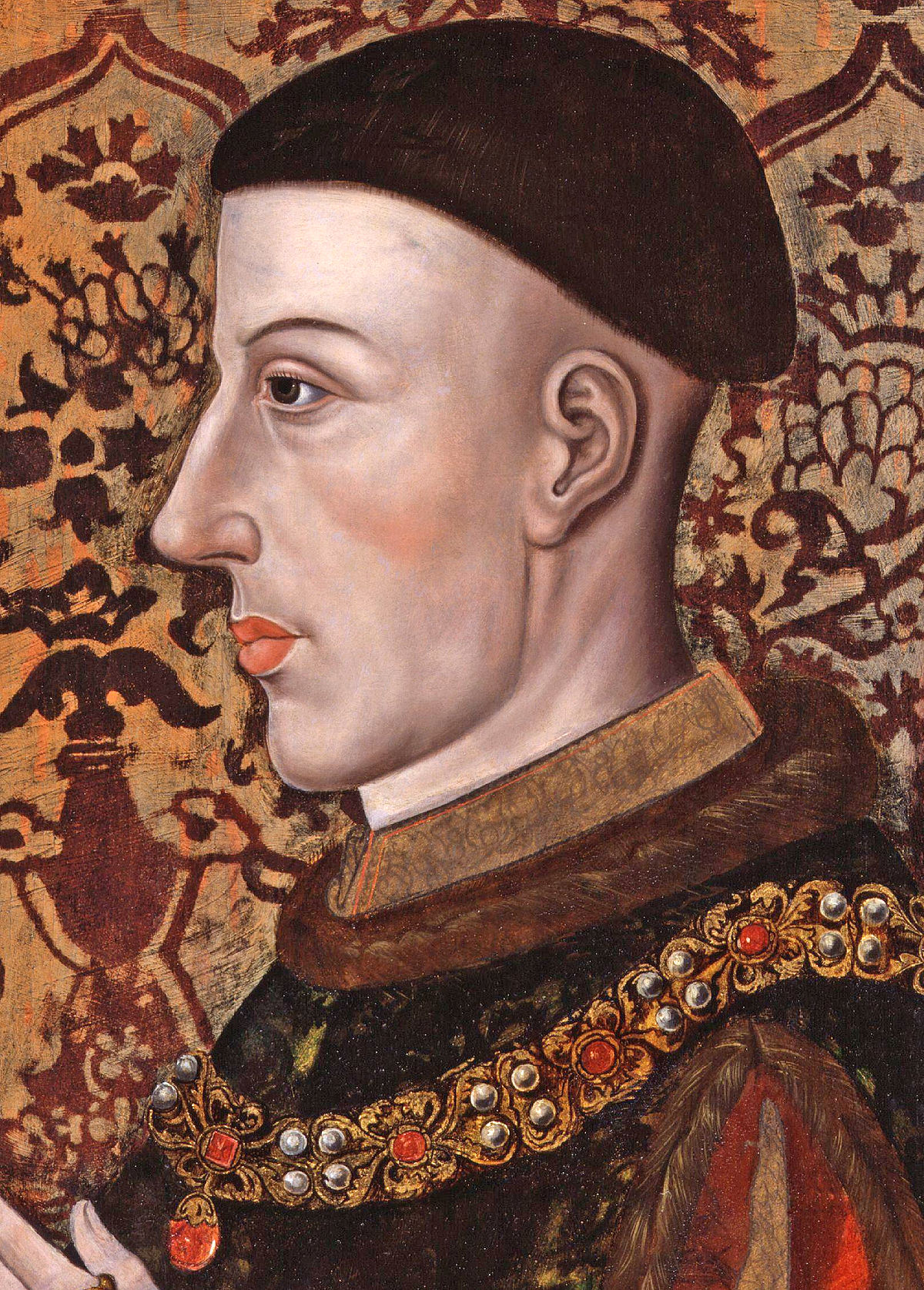The Hundred Years War 1337 -1453
4. Henry V Changing the Balance
In the 15th century, France was divided between two major noble houses — Burgundy and Orléans — over who is going to rule on behalf of the mad king. This period was known as the French civil war in 1407 after the head of Orléans was murdered; the Orléans side became known as the "Armagnacs" after their new leader. Danide explained that “after a misstep where a treaty was signed between the rebels and England, only for peace to break out in France when the English attacked”. Henry V ascended the throne of Britain in 1415. His first move led to the historically renowned battle: Agincourt. Henry was heading to Calais when he faced a larger French army that outnumbered the men with him. Henry’s men were paid knights wearing light clothes and armed with their famous longbows, these men fought for their land alongside their king. The French army, on the other hand, constituted of noble lords in shiny armors on horsebacks who fight for chivalry. These were the main reasons that led to Henry’s flawless victory that gave a boost to his reputation and allowed him to raise further funds for the war and made him a legend in British history. Henry returned again to France, to seize lands instead of carrying out chevauchées; he soon had Normandy back under control. The French king decided the same as the English and started recruiting his army from commoners and paying them with money collected by taxes in order to have stronger forces.

